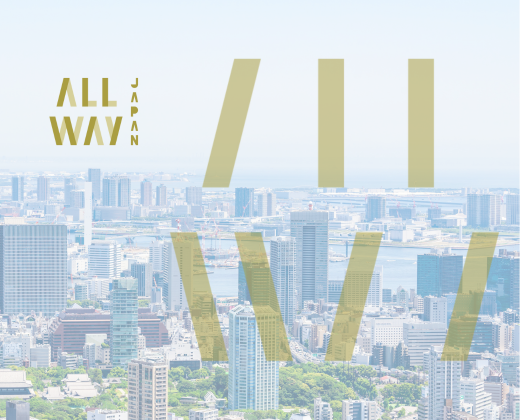Shamua

The atmosphere is just like a local flea market, with sundries and old tools to buy in France, as well as accessories of author things.

The atmosphere is just like a local flea market, with sundries and old tools to buy in France, as well as accessories of author things.

"ART TO LIFE!" with that in mind, they sell art products by about 50 illustrations, picture book writers and modeling writers. Not only cute but also fun! Heal! With keywords such as, there are many originals limited to stores. One of the fun is the exhibition of the first-floor wall and the second-floor gallery that changes every week. It is held every month, such as a variety of workshops to spread and experience art culture.

Original brand products from design to sewing are the mainstream apparel shop. Original brand REINETTE for women's men's clothing and accessories, Saphiret (Safiret) with vintage parts, and jonquille (John Kiyu), which handles vintage items from Japan and abroad.

It is full of playful American and Mexican clothes. Hippie style with floral embroidery is abundant, and it is recommended to coordinate the colorful and popular items with couples.

A second-hand clothing shop featuring men's and women's vintage from the 1920 s to the 1980 s, as well as a wide variety of products with elements such as junk, erotic and artistic.

We propose an ethno-chic, a unique concept that combines ethnic and chic. We have urban, sophisticated and highly designed items purchased from around the world.

A ladies shop that "Chappie", once called "The Legendary Clothing Shop" in Osaka, moved its base to America Village in 2013 and opened it four years later. The spacious floor is genre-less, from classic items such as champion reverse weave and Burberry trenches to unusual design items. "What I think is interesting, regardless of the age," a huge number of good regular items selected by American buyers are crowded.

A denim brand from Osaka that is famous for its seagull paint. It is packed with authentic items that stick to weaving and silhouettes. There is also store-limited paint.

Kansai is the largest building in size. Each floor has a wide range of items, ranging from kitchen utensils to cosmetic sundries, stationery and bags, with a total number of about 150,000 species.

Since birth, a complex building that is now all four floors underground and seven floors above the ground of a landmark presence in an American village. Popular apparel brands, cafes and restaurants are lined up with a large staircase that runs from the front of the building to the second basement level, and a huge 40m high atrium. In addition to live houses and movie theaters, there are also plenty of amusement, such as a pinball arcade with more than 100 pinballs, and a capsule toy store with more than 1300 gashapons.